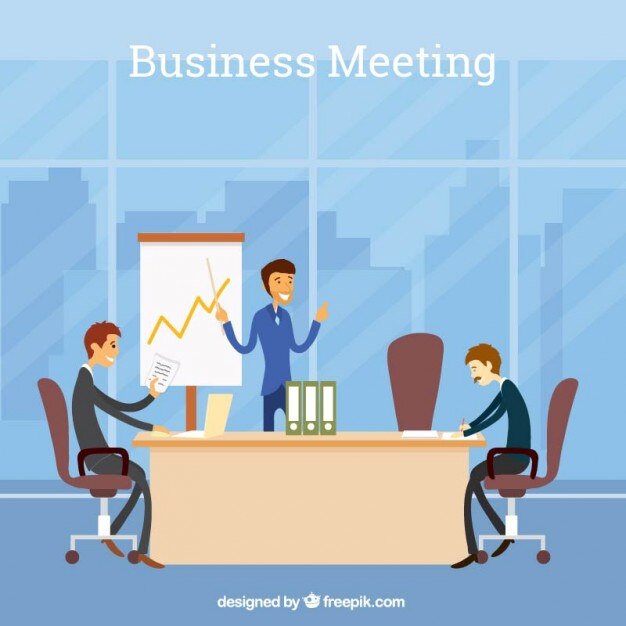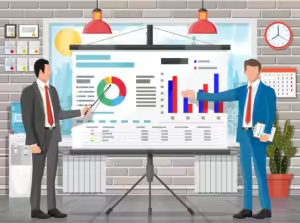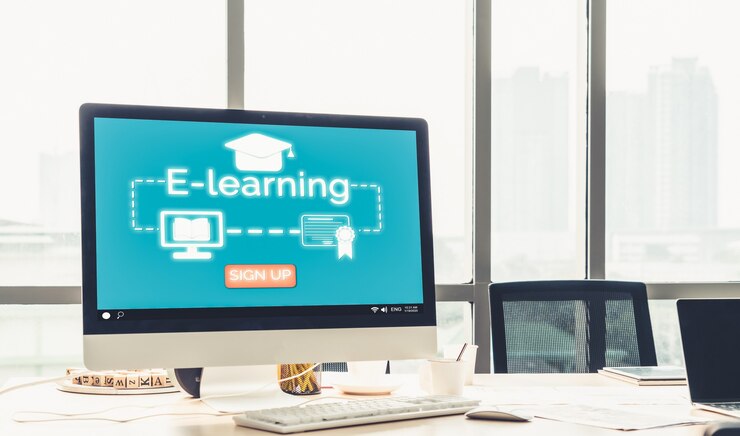The Role of Continuous Learning in Enhancing Employee Efficiency in SMEs
Introduction
In today’s rapidly evolving business landscape, continuous learning has emerged as a critical factor for maintaining competitiveness, especially for small and medium-sized enterprises (SMEs). These businesses, often operating with limited resources, can significantly benefit from fostering a culture of continuous learning to enhance employee efficiency and drive growth. This article delves into the importance of continuous learning in SMEs, its impact on employee performance, and practical strategies for implementation.
The Importance of Continuous Learning
Adapting to Technological Changes
The pace of technological advancement necessitates that employees constantly update their skills to stay relevant. Continuous learning ensures that employees are proficient in the latest tools and technologies, which can lead to improved productivity and innovation within the company.
Enhancing Employee Engagement
Offering opportunities for professional development can increase employee engagement and satisfaction. When employees feel that their company is invested in their growth, they are more likely to be motivated and committed to their roles.
Improving Competitiveness
SMEs that prioritize continuous learning can better adapt to market changes and stay ahead of competitors. A well-trained workforce can respond more effectively to industry trends and customer demands.
Impact on Employee Performance
Increased Efficiency
Continuous learning programs help employees develop new skills and refine existing ones, leading to increased efficiency in their day-to-day tasks. This can result in higher output and better quality of work.
Innovation and Creativity
When employees are encouraged to learn and think outside the box, they are more likely to come up with innovative solutions to problems. This can lead to process improvements and the development of new products or services.
Better Problem-Solving
Employees who engage in continuous learning are often better at critical thinking and problem-solving. This can lead to quicker resolution of issues and a more agile workforce.
Strategies for Implementing Continuous Learning
Providing Access to Online Courses and Workshops
SMEs can invest in online learning platforms that offer courses relevant to their industry. Workshops and webinars can also be organized to cover specific skills and topics.
Encouraging Mentorship and Peer Learning
Creating a mentorship program where experienced employees guide newer ones can facilitate knowledge sharing and skill development. Peer learning groups can also be established to encourage collaboration and collective growth.
Allocating Time for Learning
Allowing employees to dedicate a certain amount of their workweek to learning activities can help integrate continuous learning into the company culture. This can be in the form of dedicated learning hours or regular training sessions.
Setting Learning Goals
Encouraging employees to set personal and professional development goals can provide direction and motivation for continuous learning. Regular check-ins and feedback sessions can help track progress and adjust goals as needed.

FAQs
Q1: What is continuous learning? Continuous learning is the ongoing process of acquiring new knowledge and skills throughout an individual’s career. It involves formal and informal learning opportunities to keep skills and knowledge up-to-date.
Q2: Why is continuous learning important for SMEs? Continuous learning is crucial for SMEs because it helps employees stay current with industry trends, improves productivity, enhances employee engagement, and fosters innovation, all of which are essential for competitiveness and growth.
Q3: How can SMEs implement continuous learning? SMEs can implement continuous learning by providing access to online courses, encouraging mentorship and peer learning, allocating time for learning activities, and setting clear learning goals for employees.
Q4: What are the benefits of continuous learning for employees? Benefits for employees include increased efficiency, improved problem-solving skills, greater innovation and creativity, and enhanced job satisfaction and engagement.
Q5: Can continuous learning improve employee retention? Yes, continuous learning can improve employee retention by making employees feel valued and invested in, which increases their loyalty and commitment to the company.
Conclusion
Continuous learning is a vital component for the success and growth of SMEs. By fostering a culture of ongoing development, SMEs can enhance employee efficiency, drive innovation, and maintain a competitive edge in the market. Implementing practical strategies for continuous learning can lead to a more engaged, skilled, and adaptable workforce, ultimately contributing to the overall success of the business.


















